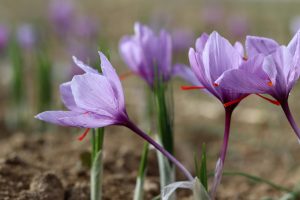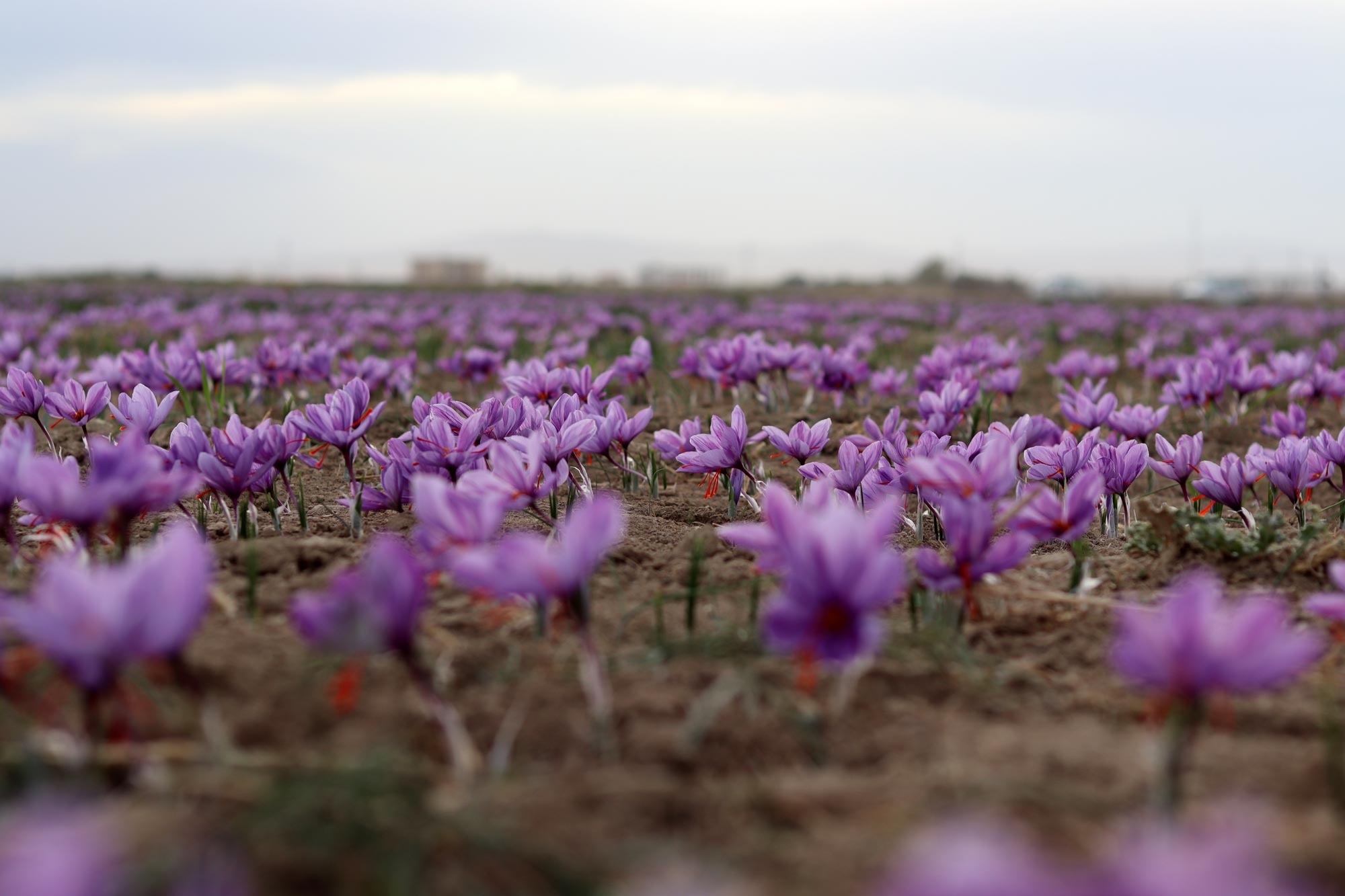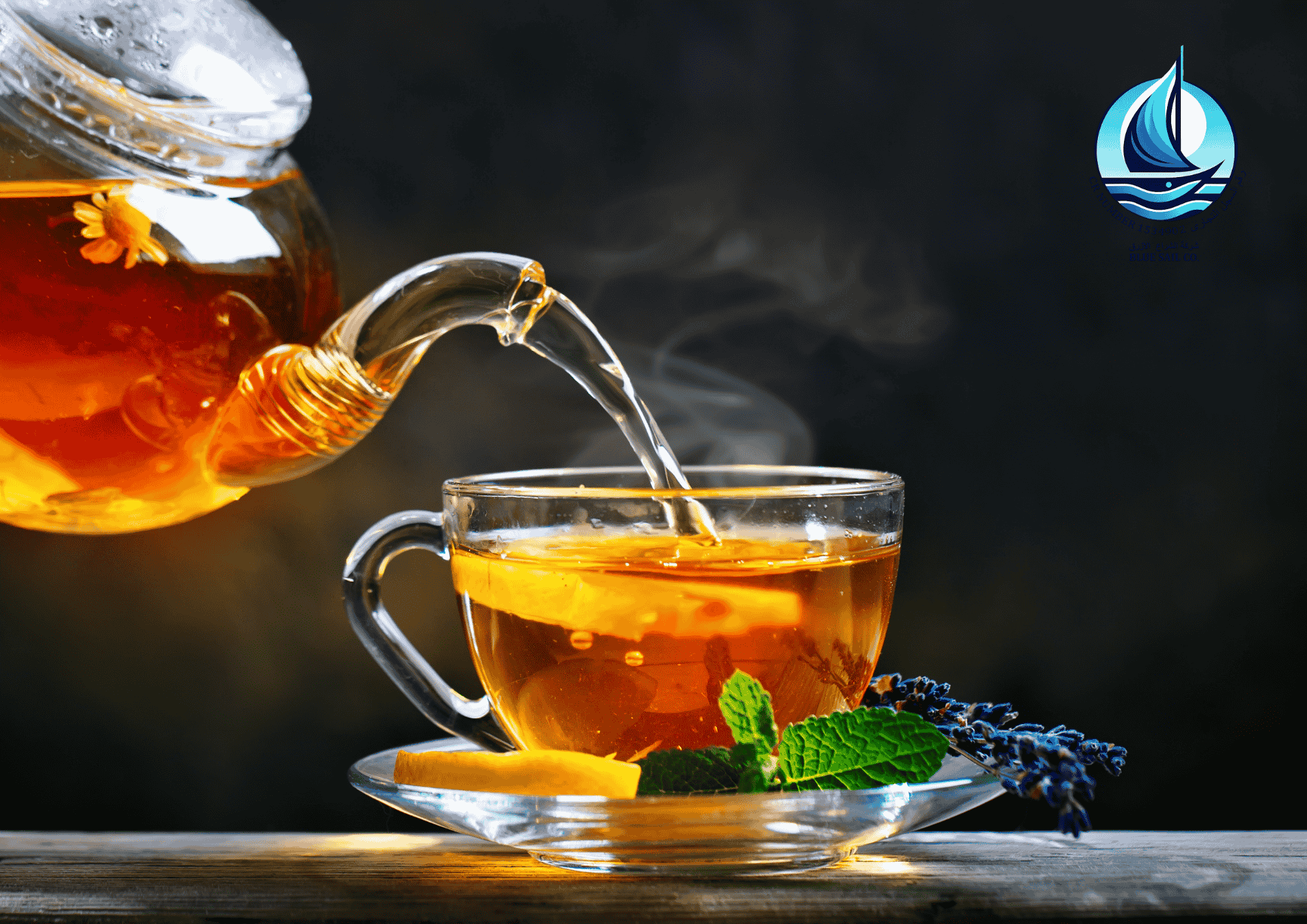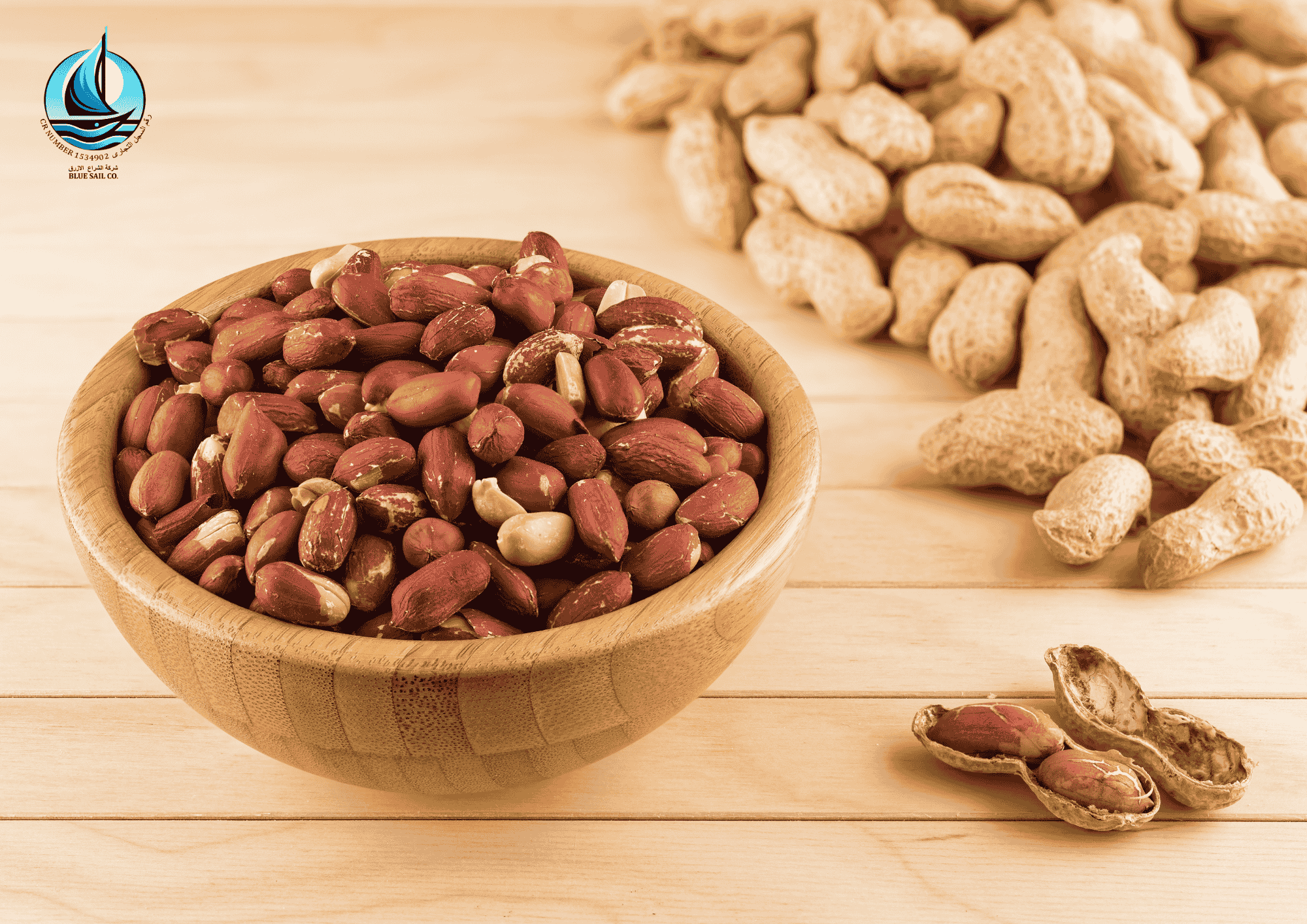The Global Saffron Industry: A Golden Spice in a Complex Market
Introduction
Saffron, often referred to as the “red gold,” is the most expensive spice in the world, prized for its unique flavor, aroma, and vibrant color. Derived from the flower of Crocus sativus, saffron has a rich history, spanning thousands of years. This article explores the global saffron industry, including its production, market dynamics, and international trade.

Saffron Production
Saffron cultivation is labor-intensive and requires specific climatic conditions, making it a niche crop. The leading producers of saffron include:
Iran: Iran dominates the global saffron market, accounting for more than 90% of the world’s production. The Khorasan province is particularly famous for its high-quality saffron, which is often considered the benchmark in the industry.
India: India, particularly the Kashmir region, is another significant producer. Kashmiri saffron is renowned for its deep color and rich flavor, making it highly sought after, despite its lower production compared to Iran.
Spain: Spain is one of the largest saffron producers in Europe, with La Mancha being the most famous saffron-producing region. Spanish saffron is known for its distinct aroma and is often labeled with a Protected Designation of Origin (PDO).
Greece, Morocco, and Afghanistan: These countries also contribute to global saffron production, although on a smaller scale. Greece’s saffron, especially from the Kozani region, is highly valued for its purity and color.
Market Dynamics
The global saffron market is characterized by its high value and limited supply, driving strong demand across various sectors:
Culinary Use: Saffron is extensively used in cooking, especially in Middle Eastern, Mediterranean, and South Asian cuisines. It is a key ingredient in dishes like paella, biryani, and Persian stews, as well as in desserts and beverages.
Medicinal and Health Products: Saffron has long been used in traditional medicine for its potential health benefits, including anti-inflammatory, antioxidant, and antidepressant properties. This has led to its inclusion in various health supplements and herbal remedies.
Cosmetics and Fragrance: The cosmetic industry uses saffron for its skin-enhancing properties. It is also a component in perfumes and luxury skincare products.
Cultural and Religious Significance: Saffron holds cultural and religious importance in several societies, particularly in Hindu and Islamic traditions, where it is used in rituals and religious ceremonies.

Global Trade and Transactions
The saffron market is highly globalized, with significant international trade flows:
Exports and Imports: Iran is the largest exporter of saffron, supplying to markets in Europe, the Middle East, and Asia. Countries like Spain and the UAE are major re-exporters, importing saffron from Iran and other producers, processing it, and then exporting it to high-end markets.
Pricing and Market Trends: Saffron’s price fluctuates based on several factors, including production levels, geopolitical stability in key producing regions, and demand from emerging markets. Prices can range from $500 to $5,000 per kilogram, depending on quality and origin.
Challenges in the Market: The saffron industry faces challenges such as adulteration, where cheaper materials are mixed with pure saffron to increase volume. This issue, along with the spice’s high value, has led to the development of strict quality control measures and certifications to protect consumers.
Sustainability and Ethical Trade: As consumer awareness grows, there is increasing demand for sustainably sourced and ethically traded saffron. Initiatives to improve the transparency and fairness of saffron trade are gaining momentum, ensuring better returns for farmers and sustainable practices.
Conclusion
The saffron industry is a fascinating blend of tradition, luxury, and complex market dynamics. As global demand continues to rise, especially in the culinary and health sectors, the saffron market is likely to see continued growth. However, maintaining the quality and authenticity of saffron will be crucial for sustaining its prestigious status in the global market.





